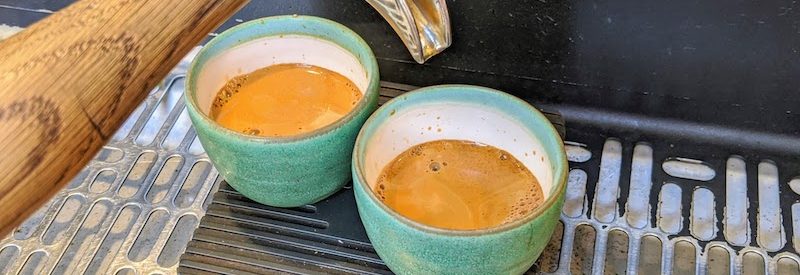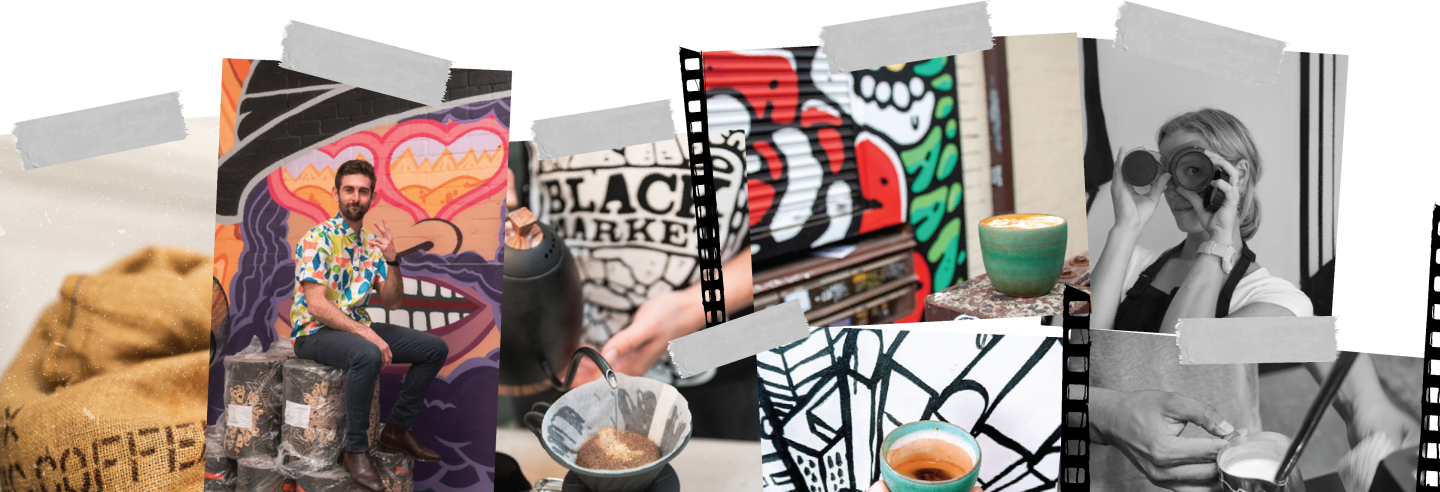
DOSING CHAMBER OF SECRETS
You know that recipes are important, nay, crucial to making consistent coffees across time and space (i.e. time after time, and the space between you and the customer or fellow barista you are trying to communicate how to make this spectacular coffee. Yes, that was a stretch.) Let’s get a bit more into the nitty gritty of the elements of executing that recipe.
A basic espresso recipe has three main factors: the weight of the coffee going into the portafilter, the weight of extracted coffee coming out of the portafilter, and the time all this takes. Changing one of these elements and it will change the extraction, and therefore its flavour. However, amidst all the variables, there can be a constant. A rock, a sure foundation. That is, the dose.
Keeping the dose constant while you’re tinkering with a recipe is like an having an anchor on a ship, keeping it grounded and not letting everything drift away in a sea of over caffeination and heart palpitations. Let’s go through it.
Weighing before or after grinding
This depends on what grinder you’re using. If it grinds everything, leaving nothing in the dosing chamber, like an EK47 or my Breville Pro, then my preference is to weigh out whole beans, then throw them into the hopper. This is preferable if you’re not making heaps of coffees at once, so you can keep the beans sealed for preserving their freshness, and also not wasting anything by grinding too much.
If your grinder tends to hold on to coffee in the dosing chamber, like my Anfim and Mazzer, then I weigh the beans after I’ve ground them. This is preferable for making a few coffees in a row, where the older grinds will be pushed out by incoming grinds, so not much will be wasted, and it’s quicker to chuck a kilo bag in the hopper than individual doses, though you will be weighing on the other side!
How much coffee?
I start with 20 grams for an espresso as a starting point, but use the size of your basket as a guide. If you have an 18 gram capacity basket like many home machines, you know what to do, start with 18 grams!
Accurate scales are important for, you know, accuracy, and I give myself +/-0.2 grams wiggle room from the recipe. It sounds a bit pedantic, but a little variation here gets magnified in the final beverage, and what’s the point of the scales if not to be accurate?! Get as pedantic as you like.
Tweaking the dose
You’ve made an espresso using your base recipe, but something’s not quite right. So you should put more or less coffee in the basket right? Wrong! No! As I just said, the dose is your anchor. If you change this, you cut off your tether, and what next? Not using your lucky mug with the broken handle and chipped rim? No one needs that level of uncertainty in their life.
When it comes to tweaking a recipe to change it’s flavour, as in getting more sweetness or getting rid of astringency, we generally want to play with grind size, and/or brew time, but more on this down the track.
Now that you know never ever to change the dose, here’s when I would change the dose: if you’re happy with your espresso, the flavour and body are just how you want it, but you’re left thinking – this is great, but gee I wish there was more of it. Then I would change the dose! All you need to do here is grab your trusty calculator, work out the ratio of coffee in to coffee out, and scale up down accordingly. If I start with 20g in and 50g out but want more, then I divide 50 by 20 to get 2.5, then times that by my new dose weight say, 21g to get 52.5g. There’s only so far you can push this line of inquiry until other pesky factors set in and ruin everything, but until that point, thanks for the extra coffee, maths.
That’s all from us for now – get out there and weigh your aprons off!
Be The first to know about new digs.

